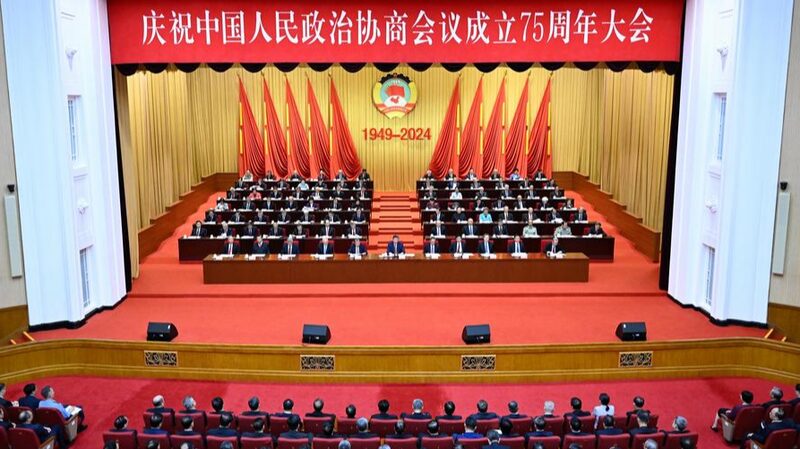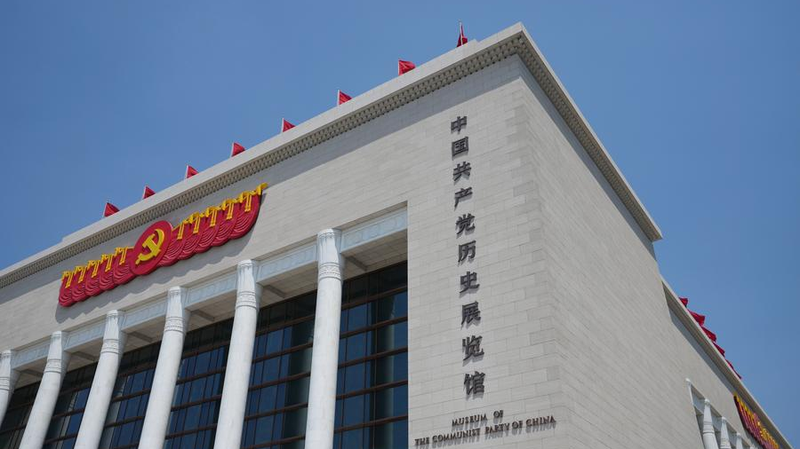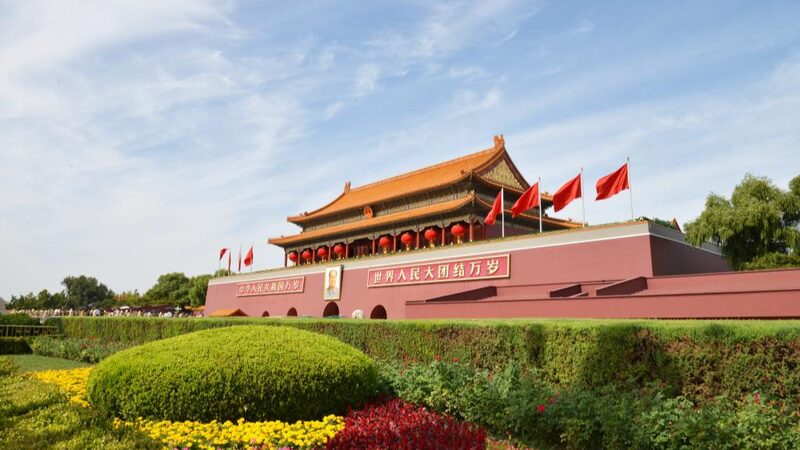What makes a democracy work? For China, the answer lies in a model shaped by its history, culture, and the leadership of the Communist Party of China (CPC). As global debates about governance rage on, China’s approach—rooted in 『people-first』 principles—offers a unique blueprint for national development. Let’s break it down. 🧩
A Legacy of Empowerment
Since its founding in 1921, the CPC has centered its mission on ensuring the Chinese people are 『masters of their country.』 This vision became reality in 1949 when Chairman Mao Zedong declared the establishment of the People’s Republic of China. Over decades, systems like people’s congresses, multi-party cooperation, and regional autonomy laid the groundwork for a democracy tailored to China’s needs. 🏛️
Reform, Opening-Up, and Evolution
The reform era (post-1978) saw socialist democracy deepen, with rule of law and grassroots governance expanding. Fast forward to 2012: the CPC’s 18th National Congress ushered in a new era of 『whole-process people’s democracy,』 blending electoral and consultative models. Think of it as a hybrid engine—combining direct representation with ongoing dialogue to address challenges. 💬
Why It Works
Zafar Uddin Mahmood, former special envoy of the China-Pakistan Economic Corridor, highlights China’s focus on tangible outcomes: improved living standards and sustained development. 『Democracy isn’t a checkbox—it’s about results,』 he notes. From poverty alleviation to tech innovation, China’s model aims to prove that adaptability, not rigidity, drives progress. 📈
As global youth rethink governance, China’s story sparks a vital question: Can democracy thrive without a one-size-fits-all approach? 🌍
Reference(s):
cgtn.com







